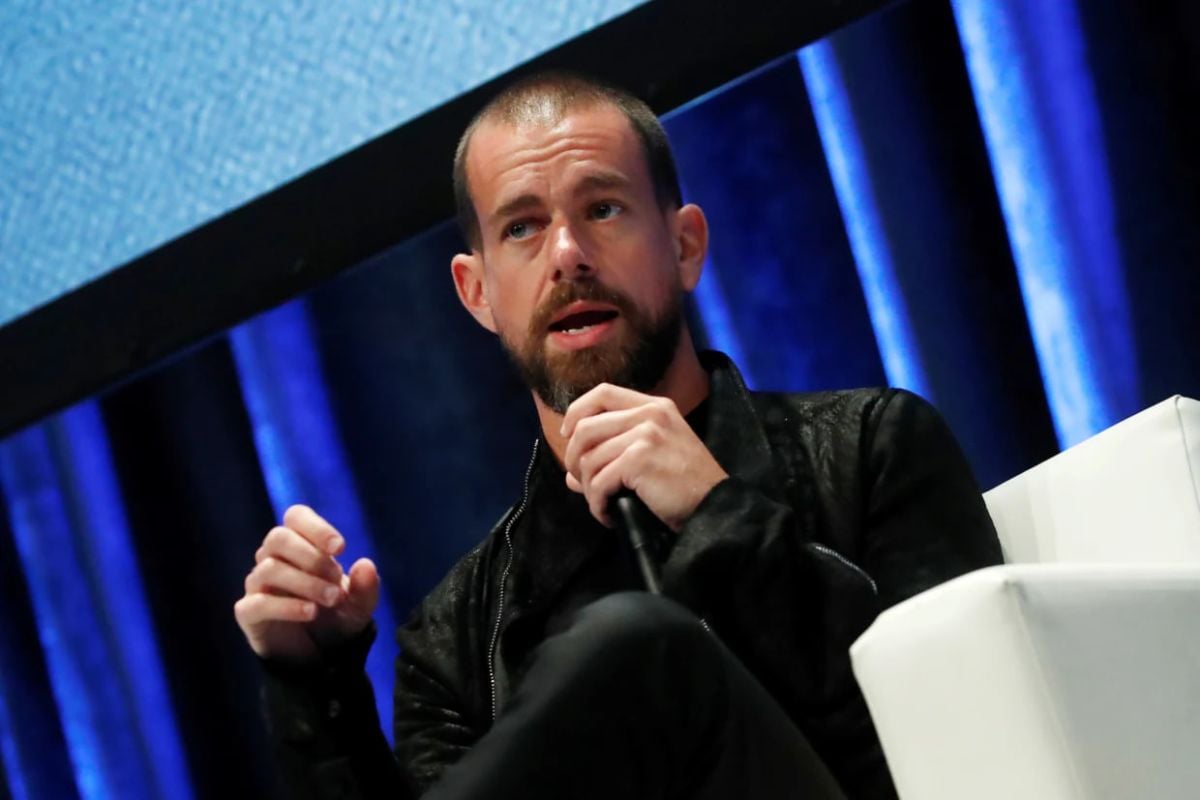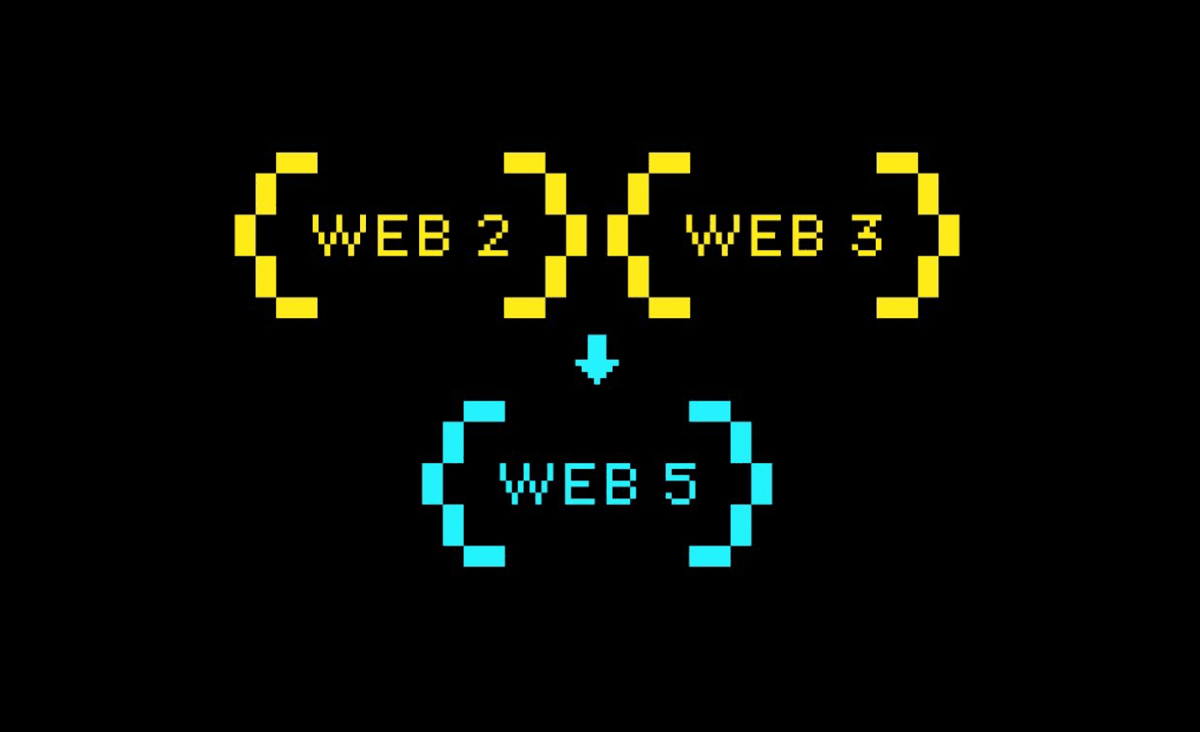What is Web5?

While the tech world is still deciphering the future of the World Wide Web (Web4), leading influencers are already hyping up the new concept – Web5. Some might say, "Hang on, folks!" But putting the brakes on social engineering is no easy task.
Let's keep up with the new terminology to be fully aware of what is going on in the modern world of technologies.
Who Mentioned Web5 First
The term Web5 was first mentioned at the cryptocurrency and blockchain Consensus conference in May 2023. The new stage of Internet development was discussed by the former CEO of Twitter, Jack Dorsey. He outlined his vision for a fundamentally new network arrangement and inspired the listeners with this idea.
Dorsey claimed that Web5 could solve the main problem of Web3: the inability to control personal information. All data saved on the blockchain remains immutable. This creates difficulties in terms of confidentiality.
Since then, Dorsey has been considered the ambassador and the face of the technological breakthrough in the field of personal data protection. Remembering Jack’s persistence and charisma, there is no doubt that Web5 will not be forgotten.

Jack Dorsey is speaking at the Consensus conference. Source: nbcnews.
Jack Dorsey's Take on Web5
Dorsey and his team of like-minded individuals plan for Web5 to operate independently of the blockchain system as a special overlay. It will be a decentralized peer-to-peer network built on the second layer of the Bitcoin blockchain. Information exchange within it will occur through independent web nodes.
The main task of Web5 is to create a system outside the influence and control of technological monopolies. This new network will incorporate both the convenience of the Internet for communication (Web2) and the equity of the Internet for ownership (Web3). The difference is that this new network will allow users to store their personal data on decentralized nodes, without data synchronization between nodes.
Additionally, it is expected that Web5 will not use the components typical for Web3:
- Utility tokens;
- Smart contracts;
- Transaction fees;
- Various consensus mechanisms.
It will be a peer-to-peer structure of personal server storages controlled by individual users only. Each server will have a unique identifier, which will gain the status of a digital signature and will ask for the owner's consent to any action: money transfer, data publication, and so on.
This identifier will have functions similar to those of a Google account or Apple ID. The key difference is that the server owner will have full control over their data and can decide what to reveal and what to keep hidden.
These servers will be united on a platform and will have equal rights and opportunities.
The project presentation reads:
“The Decentralized Web Platform (DWP) enables developers to write Decentralized Web Apps (DWAs) using Decentralized Identifiers (DIDs) and Decentralized Web Nodes (DWNs), returning ownership and control over identity and data to individuals.”
What is Web5 in Simple Terms?
Dorsey conveyed the idea of merging the privacy of the early 2000s with the decentralization of the 2020s to achieve privacy, leaving no room for large corporations to violate it.
Independent nodes attain the status of personal storages, eliminating the need to entrust one's personal data to tech conglomerate servers. Users will become the sole owners of their personal or confidential information. Moreover, they will be able to decide for themselves which services to reveal and display this information to.
Generally speaking, Web5 is Web2 + Web3. This is the simple math that should lead to user-controlled identification.

Web5 is a hybrid of Web2 and Web3. Source: X
Undoubtedly, this will be a low blow to companies making millions from selling personal data and targeted advertising. Therefore, Jack Dorsey will have to withstand significant pressure from the authorities of Silicon Valley. Nevertheless, a Bitcoin maximalist of his level is no stranger to such adversities.

